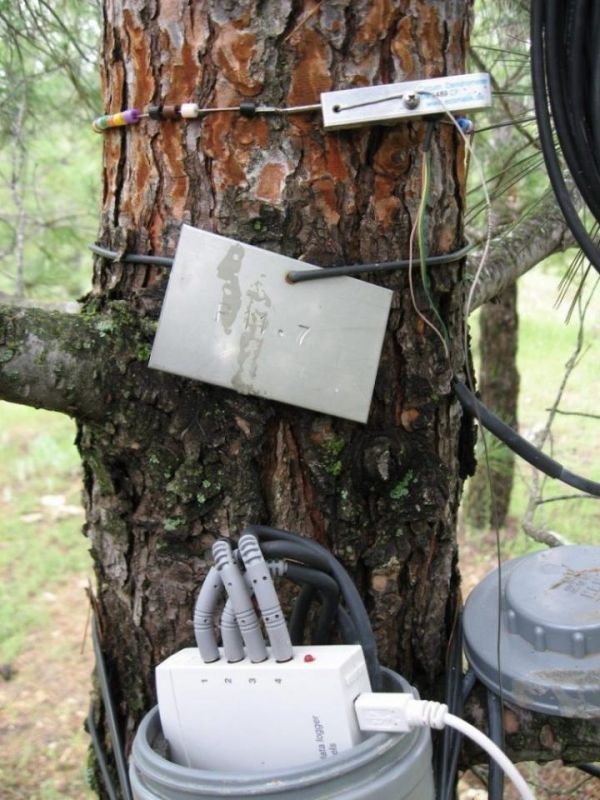Researchers from the University of Granada, the Andalusian Institute of Agricultural Research and Training, Fishing, Food and Organic Production (IFAPA), and the Pyrenean Institute of Ecology of the Spanish National Research Council (CSIC) have verified that the thinning technique is effective as an alternative approach in the recovery and maintenance of forest ecosystems dealing with extreme climates. The thinning method consists of reducing the number of trees in a given area, so that those remaining are able to access more resources.
The researchers validated this technique using a novel method based on taking high-resolution measurements in the variations of the diameters of tree trunks. The method contributes to a better understanding of the short-term relationships between climatic changes and tree stem growth. To date, the technique commonly used has been to measure the width of the trunk’s rings, but this is ineffective for discerning growth over a short time scale.
Forest thinning consists of reducing the density of trees per hectare, to thus decrease the competition for available resources and improve the growth of the remaining trees, rendering them less vulnerable to water stress. The researchers have set out this technique in a recent paper entitled “Using stem diameter variations to detect and quantify growth and relationships with climatic variables on a gradient of thinned Aleppo pines” published in the journal Forest Ecology and Management . They position it as a viable alternative in the fight against climate change in certain Mediterranean areas, demonstrating that the growth of forests improves when there is less competition between individual trees.
Read more at: University of Granada
Dendrometry determines trunk variations in relation to climatic variables and water stress. (Photo credit: University of Granada)


